Apr 6. 2023 - Latest News
On April 6, 2023, SUSTech School of Design (hereinafter referred to as "the School") invited Dr. Mary Ann O'Donnell, an independent artist and co-founder of Handshake 302 Art Center, to lead teachers and students of the School to participate in one of the activities of the Bi-City Biennale of Urbanism/Architecture — "Urban Drifting" city walk. You can measure Shenzhen with your feet and re-understand the evolution of Shenzhen's urban development.

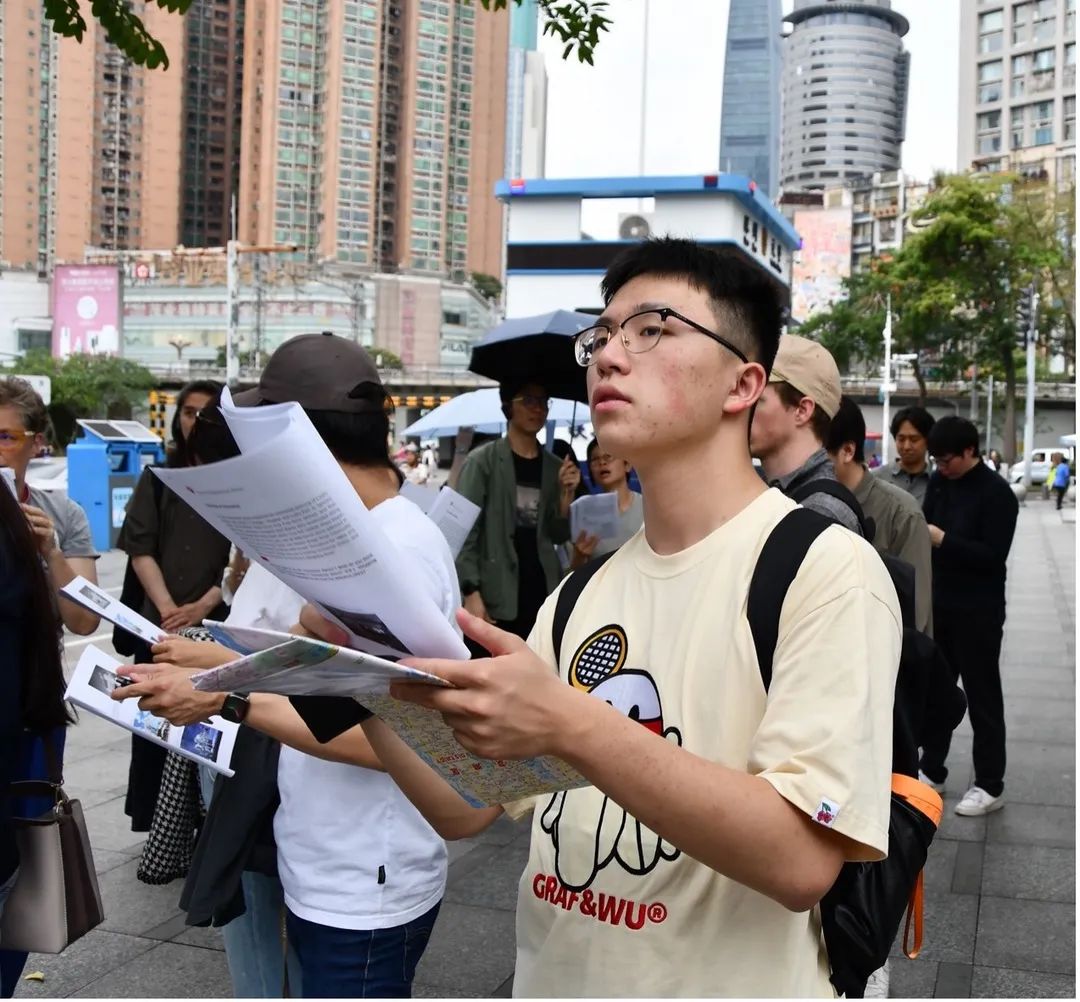

This event is specially customized for the School. It aims to allow teachers and students of the School to think and discover the charm of Shenzhen’s urban space through participation, experience and narration, explore the impact of individuals on urban space planning and design, and improve the possibility of urban humanization, enriches the understanding of Shenzhen’s humanity and geography, and deepens teachers and students’ sense of belonging in Shenzhen.
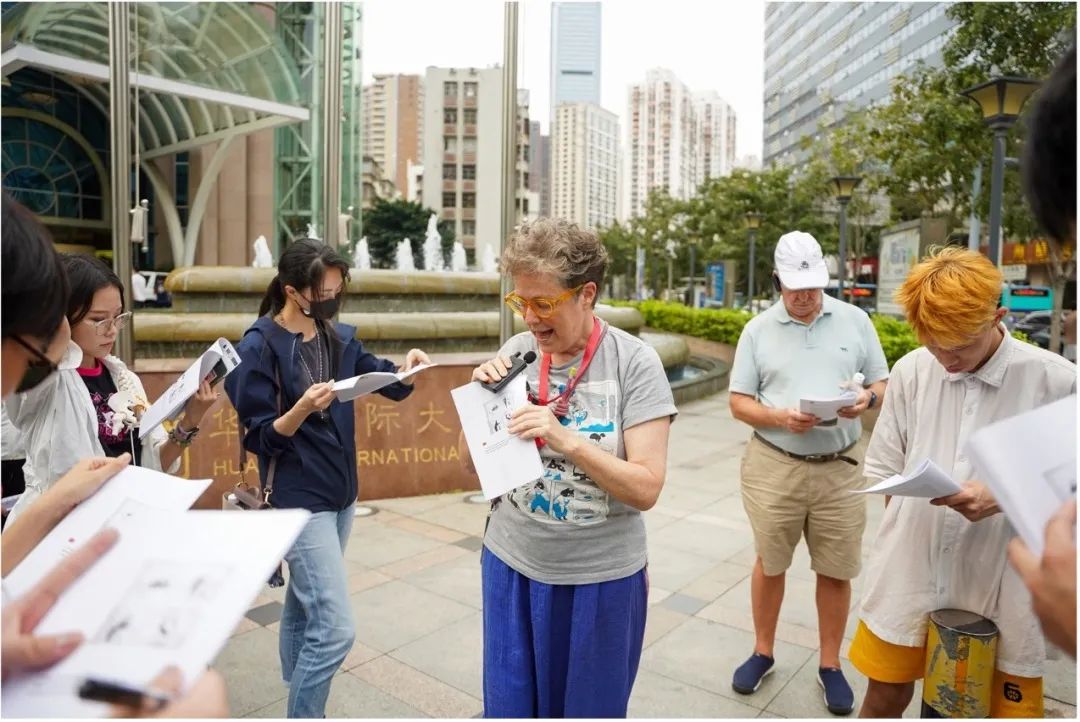



The route of this "Urban Drifting" city walk revolves around the "old special zone" business district of Shenzhen in the early 1980s. Under the leadership of Dr. O'Donnell, teachers and students walked from the Shenzhen Grand Theater along Jiefang Road to Dongmen Old Street, passing by Landmark buildings such as Diwang Building, Caiwuwei Hotel, Hua'an International Hotel, People's Bridge, Shenzhen Theater and Baohua Building. Dr. O'Donnell explained in detail the related consumption geography from the perspectives of architectural style and historical origins. She said that Shenzhen's development is closely related to consumer culture. The street-facing business space of Caiwuwei Hotel is an important feature of Dongmen’s commercial and cultural geography. It has witnessed the development of the vicinity of Caiwuwei (village) from Bao'an County (1953-1978, the administrative center before the establishment of the special zone) into the most prosperous area in the "Old Special Zone". The Dongmen Old Street area was once the first stop for Hong Kong and foreign friends entering the country. The Shenzhen Theater, built in 1958, was one of the only air-conditioned buildings in Bao'an County at that time and was specially used for cross-border guests. Dongmen has always been a traditional trade distribution center. After Shenzhen became a "special zone", Dongmen's unique "self-employed" created living conditions for themselves by meeting consumer needs. Such consumption patterns played a special role in promoting the development of productivity in the early stages of reform and opening up.
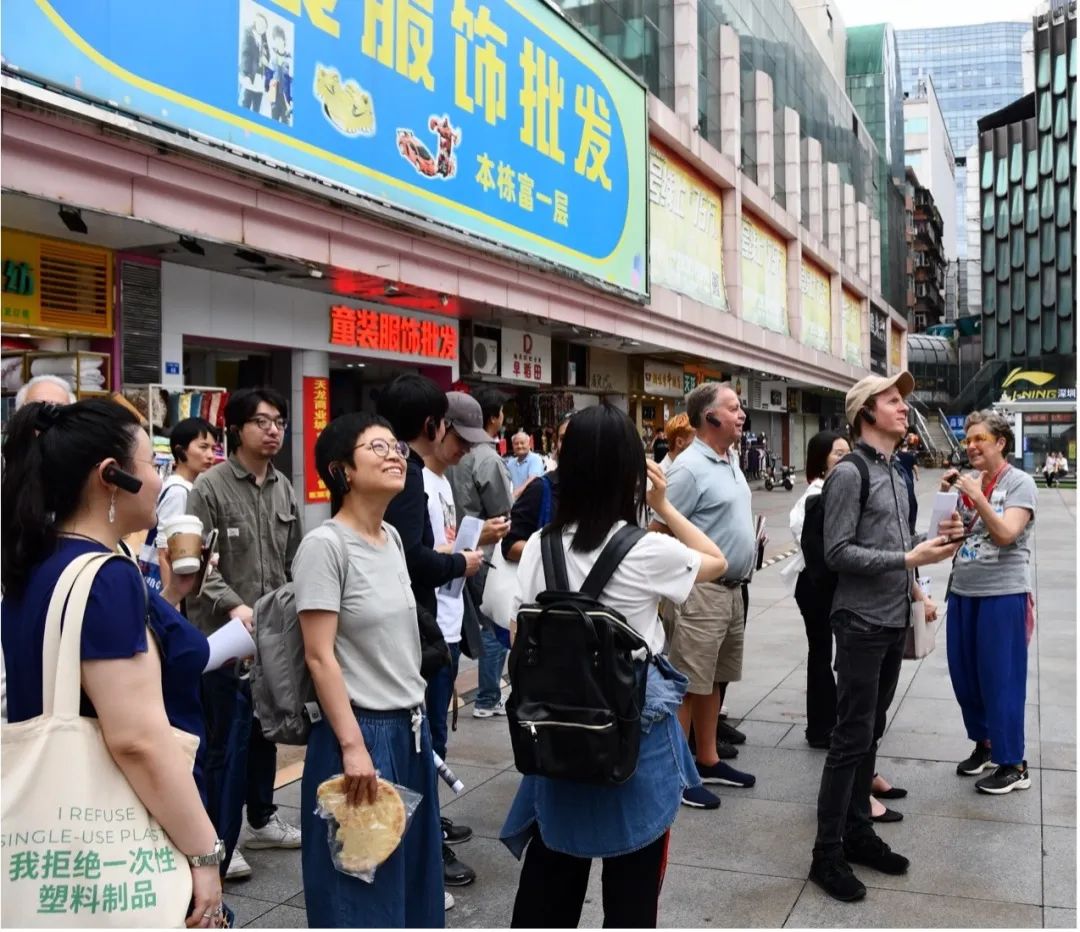

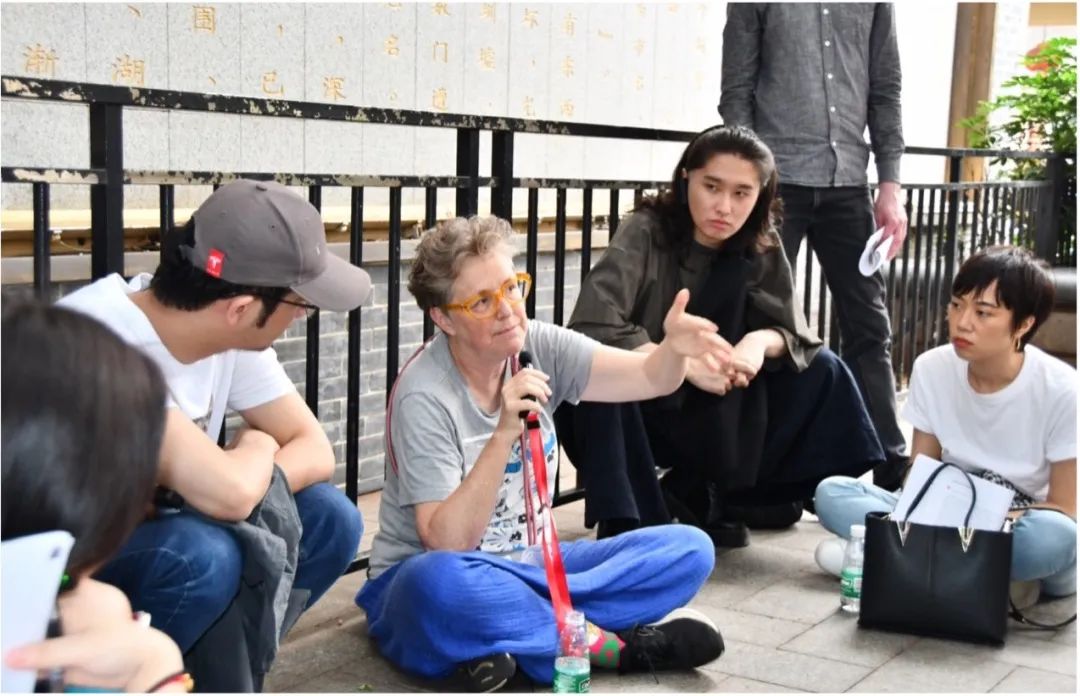

The replacement of old and new buildings in Shenzhen reflects the development and changes of Shenzhen. Weaving through the busy traffic, teachers and students of the School learned about Shenzhen through physical experience, and got a close understanding of Shenzhen's "oral history" through Dr. O'Donnell's explanation. During the free exchange session, teachers and students had a lively discussion with Dr. O'Donnell on issues such as the impact of Chaoshan and Hakka culture on Shenzhen’s human geography and important nodes in Shenzhen’s economic development.


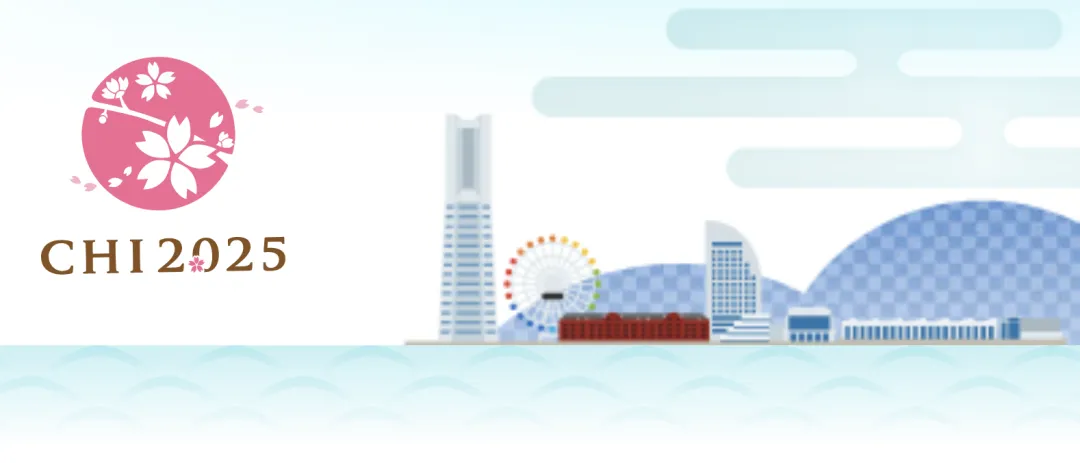
Apr 10. 2025 - Latest News

Jun 9. 2024 - Latest News
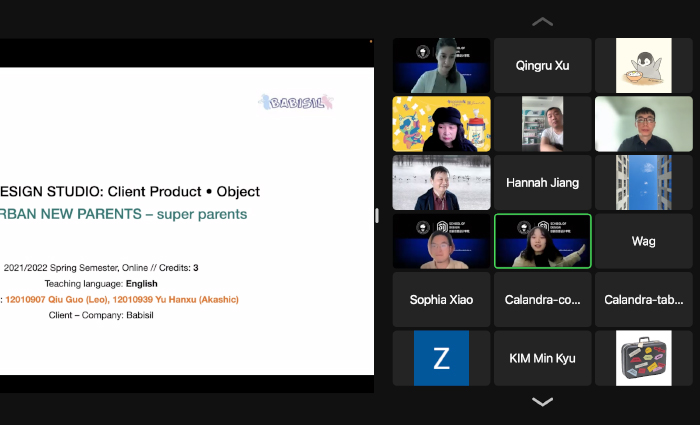
Apr 6. 2022 - Latest News